How to recharge with a room reset - the wellbeing benefits of the social media trend
Resetting a room makes it ready for purpose – and can motivate you to a more intentional, productive life, say the experts



If you’ve watched a ‘room reset’ reel on social media, you’ll have seen people straightening cushions on the sofa, tidying away beauty products, and wiping down counters. These videos show the ‘how’ and the ‘what’ of the process, but they don’t explain the deeper purpose of a room reset – and the positive impact it can have, not just on your home, but also your life.
A reset is different from cleaning or tackling a decluttering checklist. While you might do both of those things during a reset, the main aim is to restore the order, structure and purpose of a space. It’s about getting clear on what you use that room for – whether it’s cooking and eating in the kitchen, or relaxing and watching TV in the living room – and taking out distractions and accumulated mess that interfere with that.
The result is a room that’s fit and ready for purpose. In the process, you’ll also create an environment that gives you the physical and mental headspace to do more with your day. We spoke to the experts to find out how to recharge with a room reset.
How to recharge with a room reset – and feel the benefits
Basic tidying and cleaning keeps a room at the surface level status quo, but it doesn’t address the functionality of the room itself.
'A reset is especially beneficial when a room has begun to stray away from its original intended use; a dining room table slowly becomes a home office desk, for example. This also can be an indication where there might be a work/life imbalance,' explains decluttering life coach Beth Lennon.
'Taking the time to get clarity on what you want your home to look, feel and function like, can help you take back the spaces that have gotten away from that “destination” and allow you to reclaim your spaces in a way that means the most to you and what you want in life,' Beth continues.
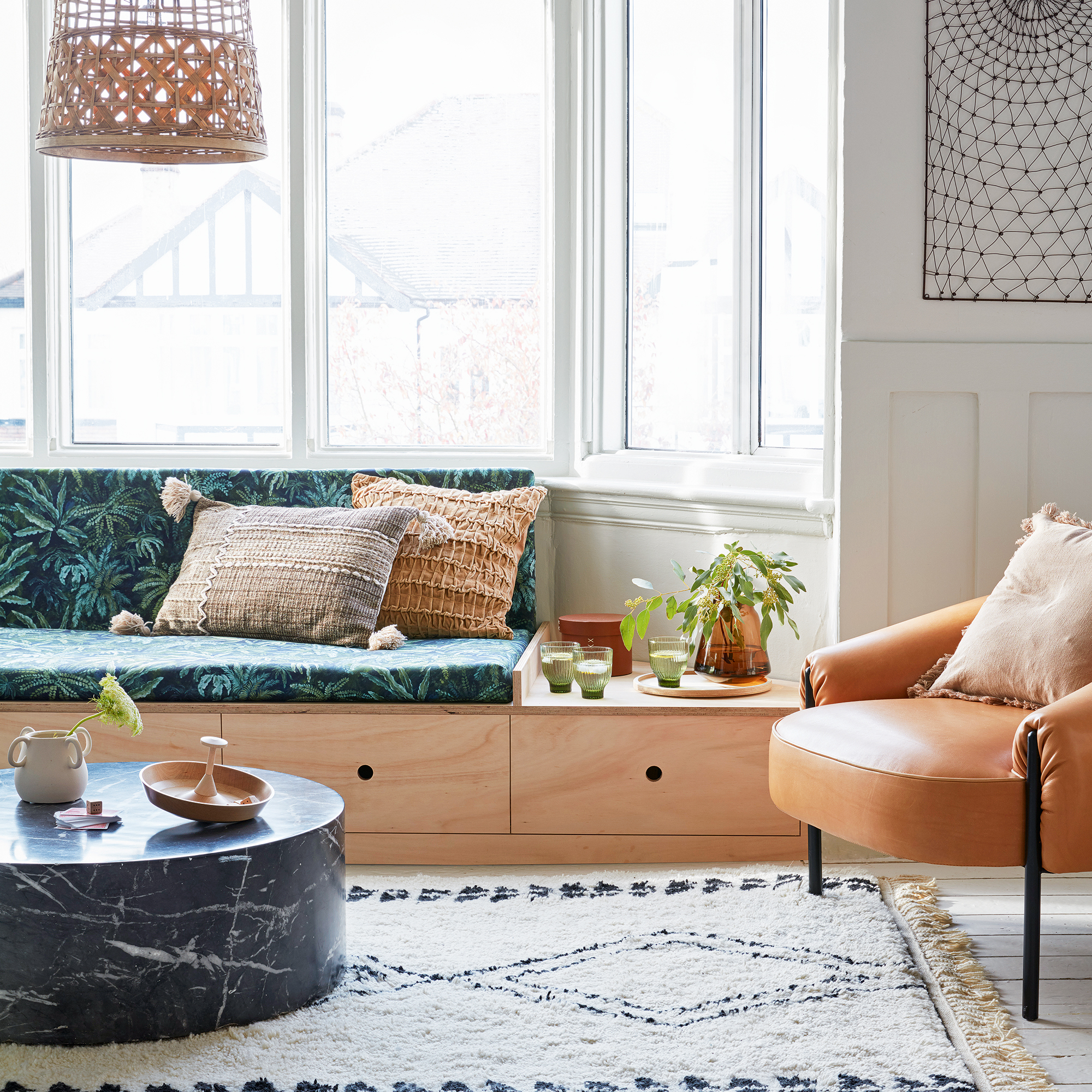
One of the best ways to recharge with a room reset is to make it a regular part of your daily, weekly ore even yearly routine – for example, a Sunday reset that gets your house in order before the next week begins, or a living room reset that means you always know where the remote control is, or a January reset to start the year with clarity and control.
Sign up to our newsletter for style inspiration, real homes, project and garden advice and shopping know-how
‘The calm and orderly environment created by a room reset will allow clarity of mind without all the distractions of physical clutter. It will also reduce the mental overwhelm that goes with maintaining a cluttered space,’ explains Laura Haddy, founder of Clear The Chaos and member of APDO (Association of Professional Declutterers and Organisers).
‘A reset will increase your focus and productivity, and give you more time and energy to do the things you want to do. You can live intentionally in the moment, knowing that your environment is manageable with a 10 minute reset,’ Laura continues.
Here’s how to recharge with a room reset.
1. Remember your ‘why’
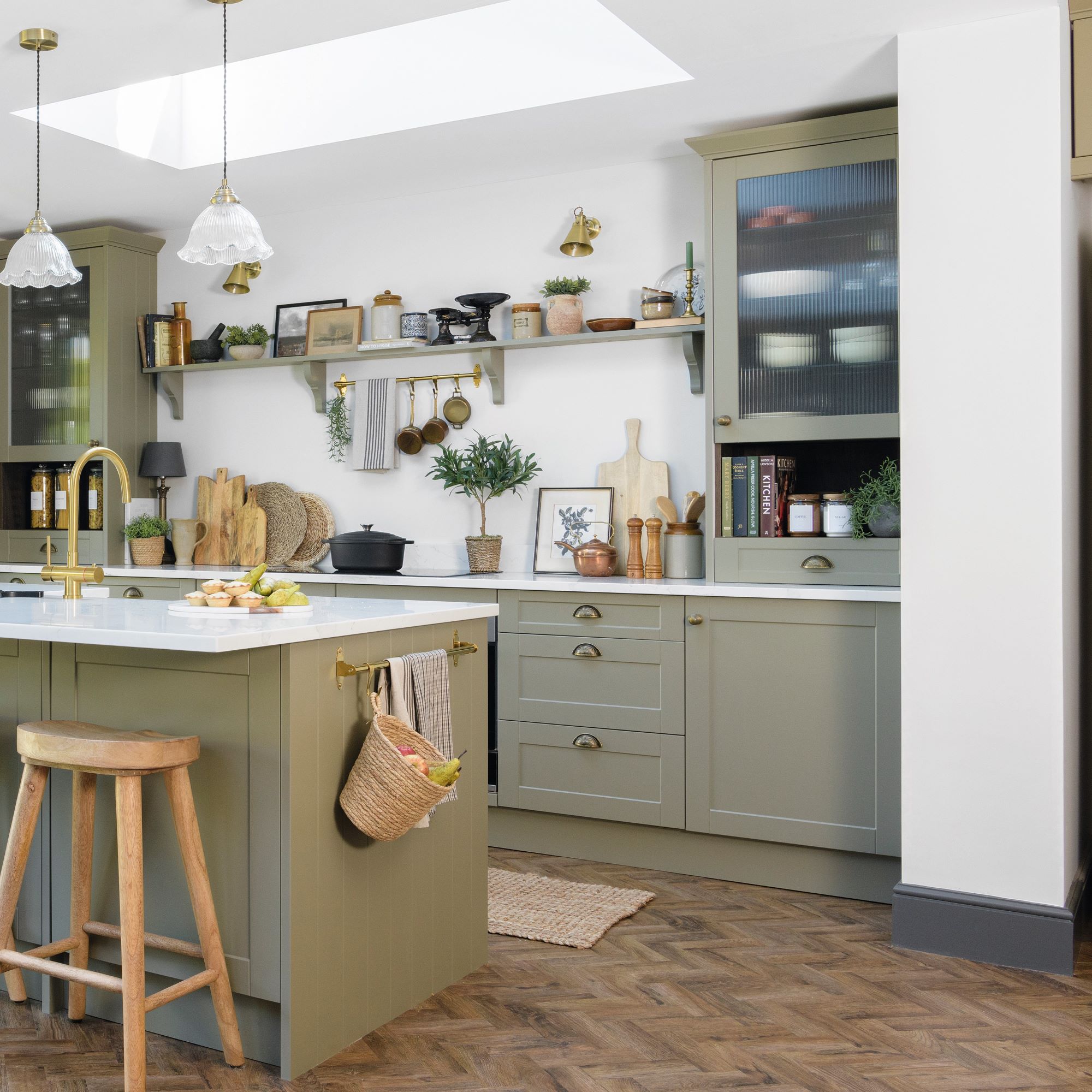
Yes, a room reset will help you to keep day-to-day clutter more manageable but you’ll need more motivation than that to make it part of your regular household routine. Remembering why you want to feel recharged and what you will do with that extra time and energy can help.
‘Always choose to do something now to help your future self,’ Amanda Terry, founder of An Organised You and member of APDO. ‘Establish good routines like a closing shift at the end of the day – load the dishwasher, prepare your lunch for the next day, clear and wipe down the surfaces, return items to their rightful place, and prepare your to-do list. This gives you more time the next day for self-care, whether that’s to exercise, enjoy a coffee, enjoy a few more chapters of your book.’
2. Ask these three questions
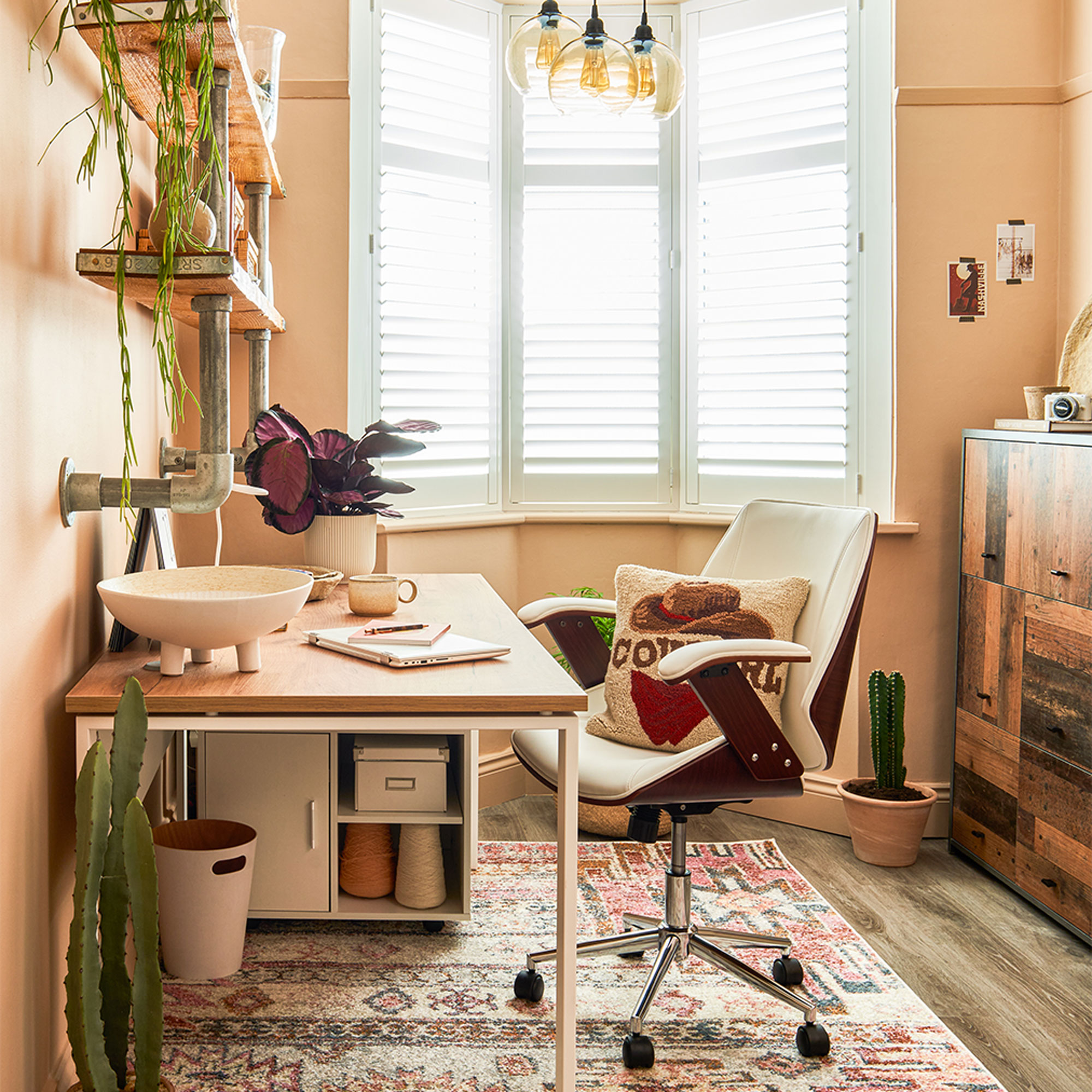
'I always start a room reset with these three main questions,' says declutter coach Beth Lennon. 'What do I want it to look like? How do I want to feel when I am in the room? And how do I want it to function?'
Getting clarity on those answers makes it easier to remove items that don’t fit with that vision, as well as look for more efficient solutions to reclaim the space.
'Asking yourself what will bring you the most joy in a space will help you decide if you want to transform your dining room into a home office, or to create a home office nook somewhere else, because you do want to dine and invite friends over,' Beth explains. 'The decision making is one of the most important aspects of the reset process.'
3. Establish a reset baseline for each room

‘Tidying and cleaning a space without addressing its functionality is simply maintaining disorder. A room reset is when you assess your space, what's in it and how it is used, and then adapt it to serve its purpose efficiently,’ explains Laura Haddy from Clear the Chaos. ‘This leads to creating a place of clarity and simplicity.’
Before you even start a room reset, you need to understand the purpose of each room and strip away anything that doesn’t serve it. Decorative items can remain, as long as they don’t interfere with a room’s function. But anything that doesn’t belong in the room needs to be rehomed. Keep an inventory of what you need in the space and decide exactly where it needs to go – remote controls on the coffee table, for example, or clothes that need to be ironed in a dedicated basket in the spare room.
4. Do a quick room reset every day
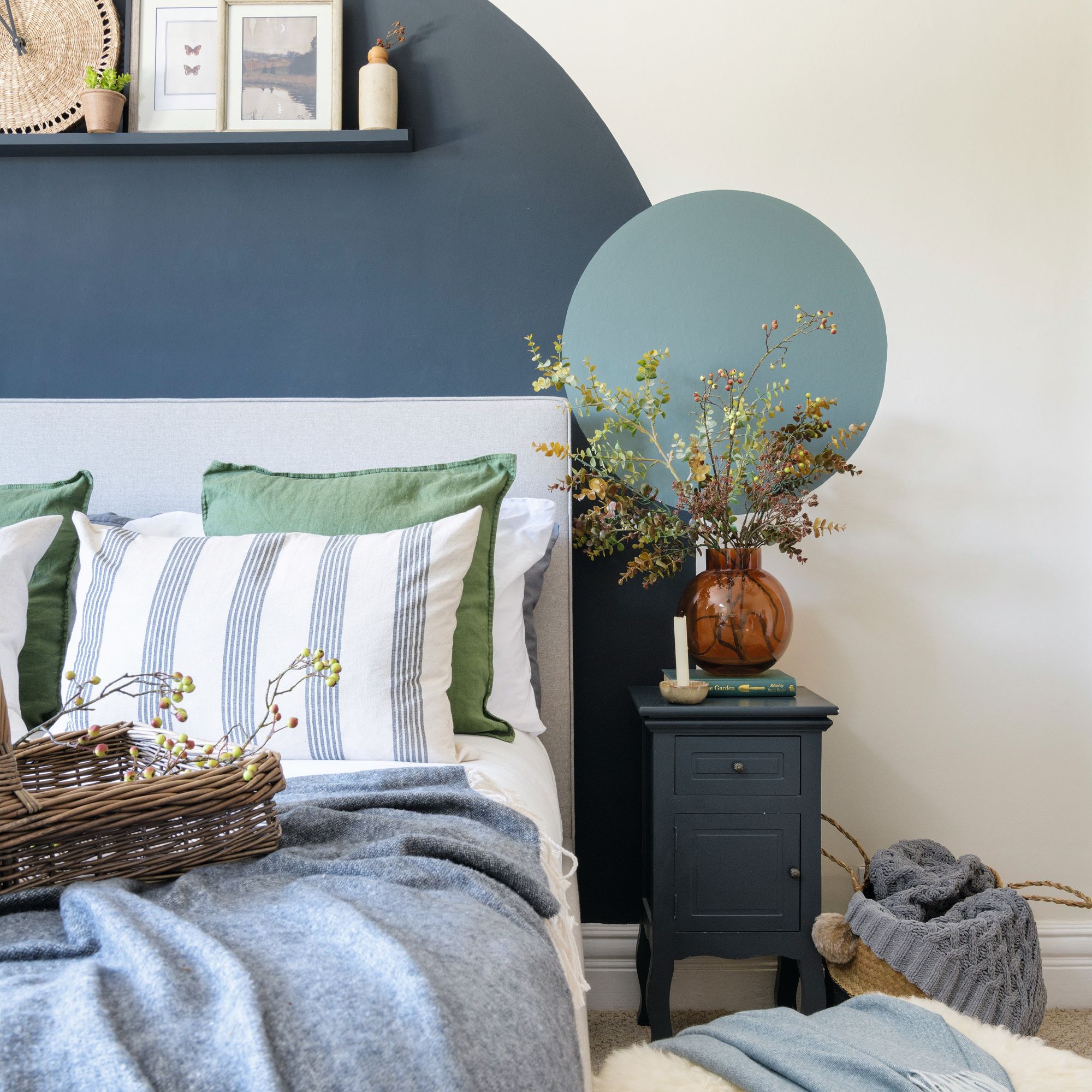
A simple daily reset should take no more than 10 minutes per room, according to declutter expert Laura Haddy, who recommends a timer to help you whizz through the task.
‘Place everything back in its pre-identified home and remove anything that does not belong in the space,’ Laura suggests.’Reset soft items (clothes away, cushions positioned, bed made, curtains open, blankets folded). And don’t walk out empty handed – if you leave the space, take something with you.
‘If you have time or energy, add in a quick reassess of a micro category such as, socks, cutlery or out of date items. Little and often is key to easy maintenance!’
If you have more time, then you could try the one-hour declutter hack, which gives you longer to work on your reset.
5. Recharge with a specific room reset
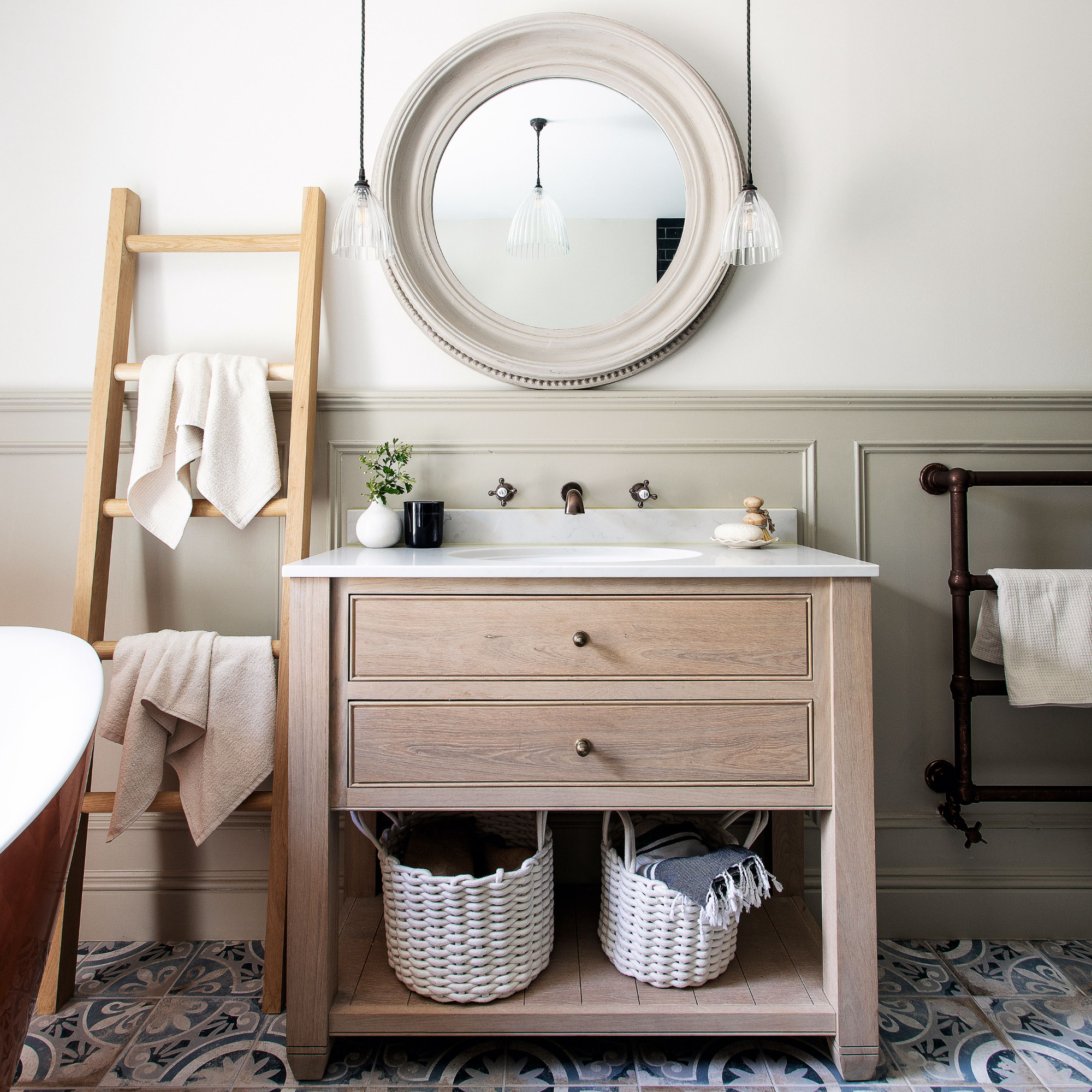
If there’s one room that’s sapping your energy or taking the joy out of being in the space, then focus your reset energies here. Professional organiser Laura Haddy gives her suggestions on how to recharge with room-specific reset.
- Living room: Reset soft items (curtains, cushions, blankets) in the living room at the end of the day. Give your remotes a home and put them to bed – hooked on the door of a cupboard, in a drawer, or by the TV. If you have toys in your living room, pack these away before the children go to bed and you sit down. Don’t try to do this at 11pm, half asleep. Get your reset done early and then relax! When you leave the space, take anything with you that doesn't belong there (that cup of tea or chocolate wrapper).
- Bedroom: In the bedroom, bedside tables should only contain items that promote a positive bedtime/morning routine – so be sure to take away these five items you should never keep on a bedside table. Remove any distractions and leave the top clear for a fresh feeling every day. Put clothes away – one pile of clothes leads to the next! Pull back the covers and open the window to air your sheets before making the bed. Hang clothes on hangers to dry so you can place them straight in your wardrobe.
- Kitchen: Cooking in the kitchen? Wash up as you go, always. Wash up and wipe down counters before going to bed. No one likes to wake up to a messy kitchen. Put the dishwasher on before bed and let it run throughout the evening.
- Bathroom: Multitask for an effective bathroom reset. Wipe down the shower while you're in the shower and wipe down the sink after using. Pop your products straight back after use (check the ‘use within’ period for ones you use less often). Add cleaner to your loo each evening to keep it super fresh.
6. Don’t let laundry derail you

No one can feel recharged and at their best when there’s a pile of clothes to be sorted, ironed, folded and put away. But this is one task that seems to spread from room to room, which is the reason you feel like laundry is never finished.
‘Most laundry is done downstairs in the kitchen/utility room, but you also need to think about where the laundry is created, dried, stored and sorted,’ says Jenny Wilkins, APDO member and founder of Rejig Organising.
‘For example, many people use their spare room for drying clothes, but the actual purpose of the room is for putting up guests. Therefore, putting away the laundry routinely will re-set the room to it's original function.’
7. Take your reset to the next level
If you need any more reason to recharge with a room reset, these final words could be the motivation you need.
‘Resetting fulfills a deep sense of accomplishment, which will encourage you to continue to keep an orderly environment,’ Laura Haddy says. ‘And you will often find calm and order transfers into other areas of your life, too.’
Beth Lennon believes a room reset can recharge other areas of your life, too.
'Taking a few moments to reset your rooms can allow you to easily relax when you’re in them, feeling good that you know where everything is, that it is clean and functional. The peace of mind of knowing if someone would show up unexpectedly, you’re comfortable with letting them in the door is invaluable.
'Doing a few small things here and there and seeing and feeling the positive difference in your home, can encourage you to apply the same principles in other areas of your life, like your health or career.'

Andrea began her journalism career at Ideal Home and is currently Editor of our sister title, Country Homes & Interiors, which celebrates modern country style. Andrea is passionate about colour and how it can transform both our homes and our sense of wellbeing, and has completed The Power of Colour course with the prestigious KLC School of Design. Andrea's career spans interiors magazines, women's lifestyle titles and newspapers. After her first job at Ideal Home, she moved on to women's magazines, Options and Frank. From there it was on to the launch of Red magazine, where she stayed for 10 years and became Assistant Editor. She then shifted into freelancing, and spent 14 years writing for everyone from The Telegraph to The Sunday Times, Livingetc, Stylist and Woman & Home. She was then offered the job as Editor of Country Homes & Interiors, and now combines that role with writing for idealhome.co.uk.